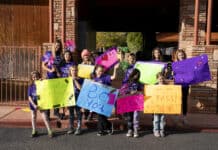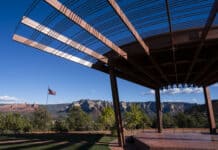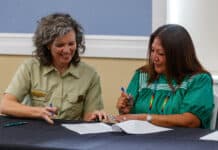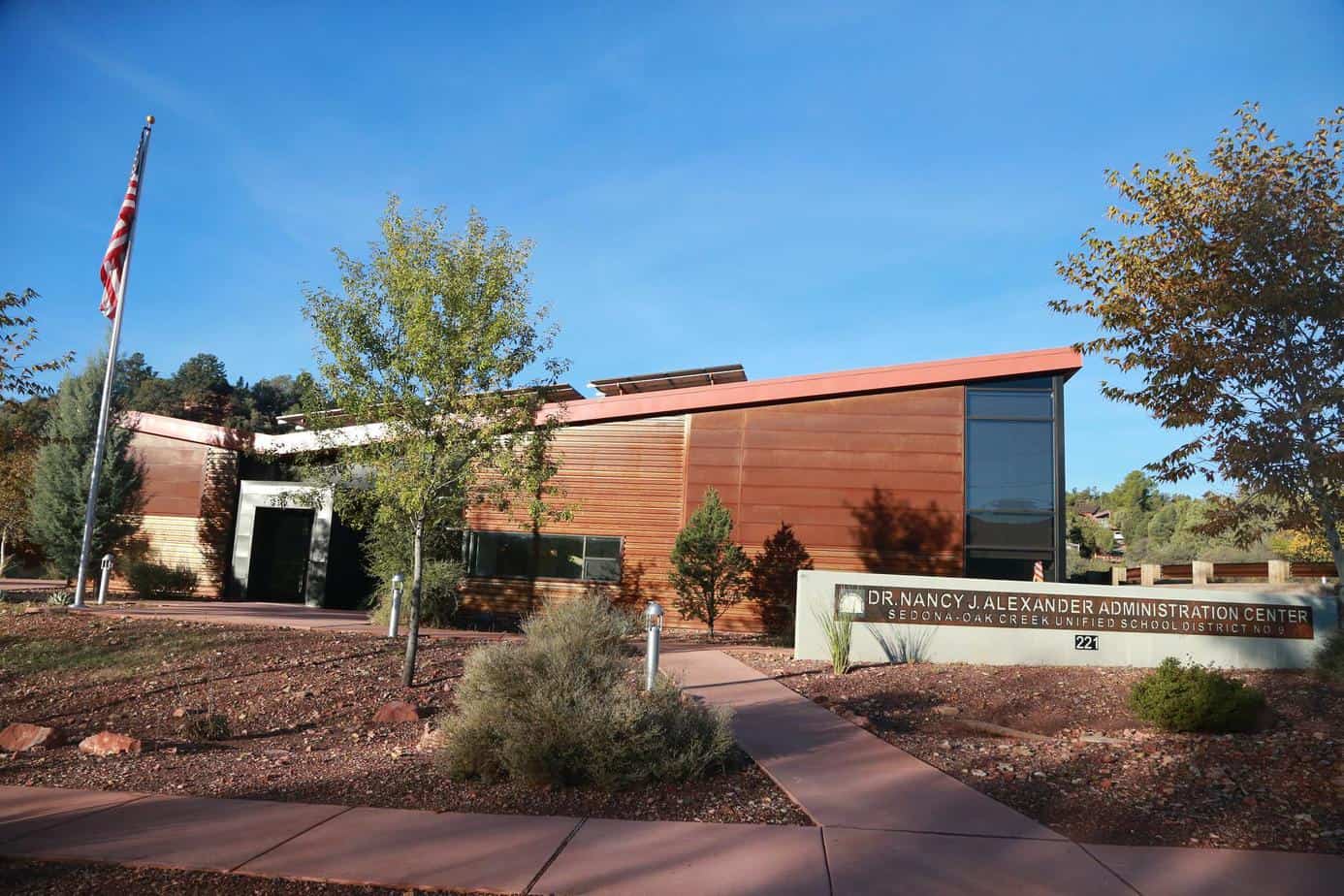The Arizona Youth Survey is a statewide survey of eighth-graders, sophomores and seniors conducted every two years by the Arizona Criminal Justice Commission, the Morrison Institute for Public Policy at Arizona State University and NORC at the University of Chicago, an independent research institution.
Rather than a law enforcement or school administration purpose, the anonymous survey attempts to accurately gauge teen drug use and other risky behavior as well as teens’ opinions on these subjects.
Results are collected for the state as a whole, then broken down by county and school so that communities and school administrators can implement policies to reduce dangerous activities for teens.
The way data was collected has changed this year, so it’s hard to compare local 2016 numbers to results from previous years on a school-by-school level.
Statewide, marijuana use is up slightly, by 0.6 percent over 2014, used by about 1/5th of seniors. Given that legal marijuana is becoming more common nationwide, teens will find ways to access it even though recreational marijuana is prohibited for sale to those under 21 and medical marijuana is restricted to card-carrying patients.
Alcohol use statewide is far more common, however, used by a quarter of the seniors surveyed, although use has fallen by 2 percent since 2014 and 4 percent since 2012.
While drug and alcohol use is often the focus of the survey results, of biggest concern to Sedona residents is that only 62.5 percent of our 10th-graders say they feel safe when they go to school, well below the state average.
Regarding violence, 23.4 percent of Sedona sophomores say they have gotten into a fight, more than double the state average of 11.3 percent.
Although the survey did not specify the type of weapon, 14.3 percent of our students have brought a weapon to school, more than double the state average of 6.7 percent, although only 9.4 percent have been threatened by a weapon, slightly below the state average of 10.3 percent.
According to the survey, 14.3 percent of Sedona sophomores say they have skipped school because they did not feel safe, higher than the state average of 11.6 percent.
Sedona as a whole is relatively safe from crime and violence, so many parents have a small-town, laissez faire attitude with their children — allowing them far more liberty and freedom of movement than most of us enjoyed in our youth — creating local youth who are artistic, driven and independent, but when students are in the confines of a regimented and regulated government educational institution, we trust our local officials will keep them as safe as parents do.
Based on this survey, what policies will Sedona Red Rock High School administrators implement to promote a safer school environment? What pressure can parents put on the school and the district to get these changes enacted?
We welcome your suggestions in letters to the editor, or you can contact Sedona Red Rock High School Principal Darrin Karuzas directly at (928) 204-6722.



















